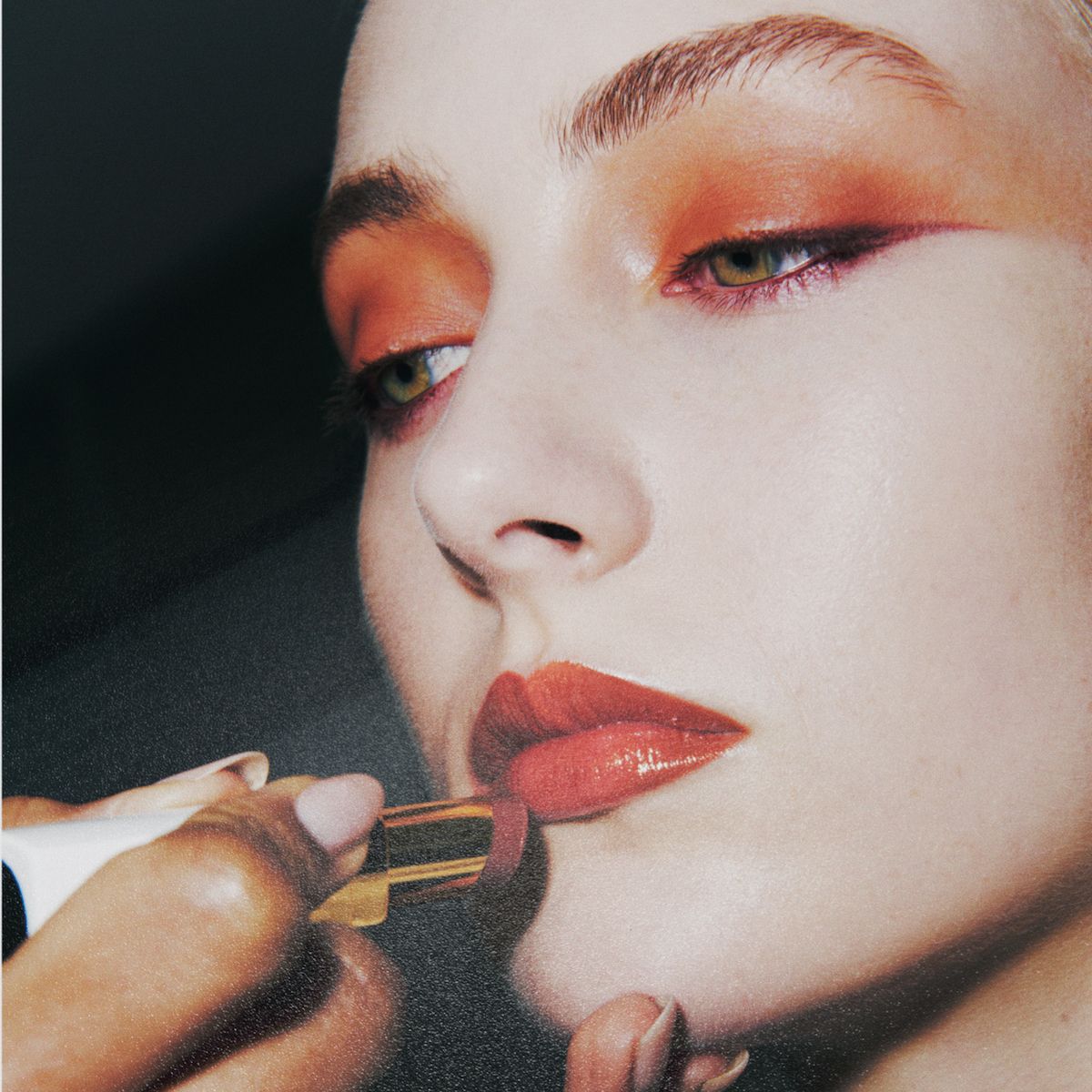Whether you’re ready to upgrade your nighttime routine or eliminate bedhead for good, the best silk pillowcases are a solid bet. Silk has long been popular for preventing hair breakage and keeping skin creases at bay, and it’s only getting more popular—just ask Glamour editors and the dermatologists we spoke with. (It’s especially popular this time of year, since it can help prevent winter-related dry hair breakage, according to one trusted derm below.)
After testing the top-rated options on the market, we found that the best overall was the popular Slip Pure Silk Pillowcase, which our reviewers said helped with their complexions and tamed frizz while providing a luxurious night’s sleep. For a more affordable option, the J Jimoo Mulberry Silk Pillowcase earned top marks for its zip closure, durability, and approachable price point. And to tackle specific concerns, we also narrowed down our favorites for curly hair, acne-prone skin, and more. Here’s everything you need to know about buying the best silk pillowcases, plus options for every kind of sleeper, concern, and bedscape.
Our favorite silk pillowcases, at a glance
- Best Overall Silk Pillowcase: Slip Pure Silk Pillowcase, $89 $64
- Best Affordable Silk Pillowcase: J Jimoo Mulberry Silk Pillowcase, $24
- Best Silk Pillowcase for Hair: Fishers Finery Mulberry Silk Pillowcase, $56
- Best Silk Pillowcase for Frizz: Lilysilk Terse Envelope Silk Pillowcase, $38
- Best Silk Pillowcase for Skin: Drowsy Silk Pillowcase, $99
- Most Durable Silk Pillowcase: Brooklinen Mulberry Silk Pillowcase, $59
- Best Washable Silk Pillowcase: Lunya Washable Silk Pillowcase, $88
What we’re looking for in a silk pillowcase
- Momme: Momme is a quality spectrum for silk (more on this below). Most options will be between 19 and 25 momme, and it’s up to you to decide how high-quality you want to go. In our testing, we found that the higher the momme, the softer and slicker the feel; if you prefer something with a little more friction (as at least one of our testers does), you actually might want to go for a lower momme count.
- Color: These days you can find a silk pillowcase in almost any shade. Silk is highly susceptible to stains, so pick a dark color or a busy print if the inevitable marks will bother you.
- Closure: Zipper closures keep the material tight over your pillow, making silk’s natural wrinkles less prevalent. Envelope closures, on the other hand, have more give if you have extra-plump pillows, although we found these closures tended to make the material more wrinkly across the board.
- Price: Are expensive silk pillowcases better than the budget-friendly ones? In short, not necessarily. Higher-end ones (fittingly) use high-quality materials and finishings so they’ll last longer, but our testers loved plenty of under-$50 options that stood the test of time just as much as Slip and other pricey competitors. If you’re investing for the first time, feel free to go cheap; if you’re investing, you might want to shell out a bit more.
What are the benefits of silk pillowcases?
Clearer skin
As you shift throughout the night, your skin rubs against your pillowcase, causing friction on your skin, says Joshua Zeichner, MD, director of cosmetic and clinical research at Mount Sinai Hospital’s dermatology department in New York City. “Friction can cause skin folding and contribute to low-grade inflammation and wrinkles. Silk is a soft, natural fiber that allows the skin to glide. Plus, it’s light and breathable to minimize the amount of sweat that builds up on the skin.” Basically less rubbing and beauty product absorption from other fabrics like cotton can help if you have sensitive skin. Silk, derived from domesticated silkworms, might even make your beauty routine more effective because your products won’t rub off as easily.
Healthier hair
“Unlike cotton, silk absorbs less. This means silk helps retain both the moisture and natural oils of the hair. This prevents hair dryness and promotes hydration and shine,” says Nicole Salame, MD, FAAD, a general, surgical, and cosmetic dermatologist. “Silk is also hypoallergenic, making it an excellent option for those with sensitive scalps or eczema. Its cooling effect can also reduce sweat, which can further cause scalp irritation and damage.” Silk pillowcases prevent bedhead by reducing friction on your hair as you sleep, “reducing split ends, frizz, breakage, and tangles,” Dr. Salame continues. (Every single one of our testers will tell you that if you’re looking for a pillowcase to fix frizzy hair, silk is the way to go—and a few noticed it helped prevent night sweats.)
Less buildup of allergens
The fiber is naturally hypoallergenic and prevents the buildup of dust mites, fungus, mold, and other allergens. While the effects of silk pillowcases on skin and hair are still under-researched, a few studies, like this 2019 report, have found promising results. Empirically, though, the material’s benefits are easy to see—just read the reviews for the silk pillowcases our team has tested and endorsed.
Do silk pillowcases really help with acne?
Although one small 2017 study found that silk had a “positive influence” on back acne, which suggests that it might be helpful for breakouts elsewhere, there isn’t enough evidence to prove that silk can help with acne. At the time, more research is necessary to draw any conclusions.
Momme count refers to the density of silk and indicates the quality of the material. (It’s pronounced like either “mom” or “mom-may,” by the way.) Think of it like thread count—more threads mean extra durability. Most silk pillowcases run from 19 momme (soft, relatively affordable) to 25 momme (top-of-the-line, more expensive). You can go as low as 16 momme, but there are options above 20 momme in the sub-$30 range. For the highest-quality material, look for mulberry silk; the fibers are longer and more uniform, making the fabric smoother and longer-lasting.
Is 30 momme worth it? We don’t have anything that high on this list because, frankly, it’s hard to tell the difference when the count goes above 25. If you have especially sensitive skin, prefer extra-smooth material, or want to treat yourself to some of the highest-quality silk available, feel free to buy one. (Fishers Finery makes a great and relatively affordable option.)
Silk versus satin pillowcases
Silk is a fiber, while satin is a weave. Silk can be woven into satin; artificial fibers like polyester can also be woven into satin. However, the phrase “satin pillowcase” is most often used to denote products that are woven from some material other than silk.
Polyester satin, an ultrasmooth fabric that mimics silk satin, provides many of the same friction-reducing benefits for skin and for straight and curly hair, as confirmed by our in-house testing. Manmade materials are a cost-effective and more easily washable alternative to silk pillowcases at the more expensive end of the spectrum. Silk and artificial satin can cost about the same amount, depending on the brand. If you’d rather sleep on natural fibers or want the hypoallergenic benefits of silk, stick to the real thing.
How often should you wash silk pillowcases?
“Washing or changing your pillowcase at least once a week ensures you are consistently removing bacteria, dirt, oil, hair products, skin-care products, dust, and other allergens that accumulate over the week,” Dr. Salame says. “If you have acne-prone or sensitive skin, washing or changing your pillowcases every two to three days reduces the oils, bacteria, dust, and other particles that build up on the pillowcase and can be the first step to improving your skin. If you are someone who sweats overnight or uses extensive hair products, washing or changing your pillowcase every one to two days is also recommended.”
Wondering how to wash silk pillowcases? Just make sure to read the care instructions. Not all pillowcases can be thrown in the washing machine on a gentle cycle; some types of silk require hand-washing in cold water. Air-drying is best, as dryers can cause damage to the material. You can steam your pillowcase to remove any wrinkles.
How long do silk pillowcases last?
If you don’t mind a few unavoidable stains, silk pillowcases can last for years before they need to be replaced. Silk is a delicate but durable material; the higher the momme count you pick now, the denser and stronger your pillowcase will be. Our testers generally started to notice changes to their pillowcases around the six-month mark, but they can last for much longer.
Proper care can extend the life of your silk pillowcase. Follow each brand’s care instructions thoroughly—even if that means hand-washing your pick—and always avoid the dryer, which can dull silk’s shine and cut its durability.
Is there a downside to silk pillowcases?
Unless you have a sensitivity to silk, there are no skin- or hair-related downsides to silk pillowcases. However, silk is harder to maintain than materials such as cotton or linen; to keep them from shrinking or losing their sheen, you should typically hand-wash and air-dry silk pillowcases. Some people also don’t like the slippery feel of silk, preferring the friction of typical cotton.
What’s the best silk pillowcase for men?
Shocker: Men can use any silk pillowcase! There’s no reason to gender these pillowcases, since anyone can want smoother skin, fewer breakouts, and less frizzy hair. However, if we had to nominate an option for men, it would be J Jimoo; it’s a no-nonsense pick with zero external branding and a more than reasonable price tag. Plus, one of our male testers likes that it’s a little less slippery than other options.
Lilysilk Terse Envelope Silk Pillowcase




















 English (US) ·
English (US) ·